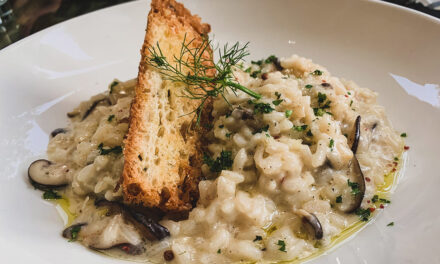Situated in the picturesque landscape of Southern California, Moreno Valley has a history as diverse as its community.
From ancient beginnings to a booming modern city, Moreno Valley’s journey is a captivating story of transformation and growth.
Table of Contents
Tracing Back to Ancient Inhabitants
Long before European settlers, the area that is now Moreno Valley was inhabited by indigenous peoples.
The Shoshonean tribe, part of the Uto-Aztecan language group, left behind artifacts and pictographs, narrating a story of a deeply rooted connection with the land.
The Spanish Footprint
The 18th century marked the arrival of Spanish missionaries and explorers in Southern California.
With them came the establishment of missions, cattle ranching, and farming, significantly altering the landscape and lifestyle of the indigenous inhabitants.
Transition to an Agricultural Hub
The 19th century brought American settlers, transforming the region into a patchwork of farms and ranches.
Moreno Valley’s agricultural period was characterized by the cultivation of crops and livestock, laying the groundwork for its future urbanization.
20th Century Growth: From Farms to Suburbs
The 20th century heralded significant changes for Moreno Valley, with the area transitioning from rural farmlands to a suburban community.
Post World War II, the city saw an influx of veterans and their families, spurring residential development and population growth.
Modern Era: Urbanization and Cityhood
Moreno Valley officially became a city in 1984, marking a new chapter in its history.
Since its incorporation, it has experienced rapid growth, evolving into an urban hub with a thriving economy and diverse community.
Q&A: Exploring Moreno Valley’s Past and Present
Q: What are some key prehistoric sites in Moreno Valley?
A: Moreno Valley is home to several archeological sites that offer insights into its prehistoric past, including ancient rock art and remains from the indigenous Shoshonean tribes.
Q: How did Spanish mission systems impact the Moreno Valley area?
A: The Spanish missions introduced new agricultural practices, livestock farming, and a new social structure, significantly impacting the native culture and the region’s development.
Q: What were the primary agricultural activities in Moreno Valley during the 19th century?
A: Moreno Valley’s agricultural era was marked by the cultivation of various crops and livestock farming, shaping it into a fertile farming region.
Q: How did World War II influence the development of Moreno Valley?
A: Post World War II, Moreno Valley experienced a population boom as returning veterans settled in the area, leading to increased housing development and the start of its suburbanization.
Q: What factors contributed to Moreno Valley’s cityhood in 1984?
A: The decision for cityhood was driven by the area’s rapid growth, the community’s desire for local governance, and the need to manage resources and urban planning effectively.
Q: What challenges and opportunities does Moreno Valley face today?
A: Moreno Valley faces the challenges of managing sustainable growth, ensuring economic diversity, and maintaining a high quality of life. It also has opportunities to develop its economic base further and enhance community amenities.
The Continuing Saga of Moreno Valley
Moreno Valley’s history vividly portrays cultural shifts, economic transformations, and community resilience.
As the city strides forward, it carries the legacy of its multifaceted past, ready to embrace the future while cherishing the roots that have shaped its present.
What new stories will unfold in the chapters ahead for Moreno Valley, and how will it balance preserving its heritage and fostering modern innovation?





